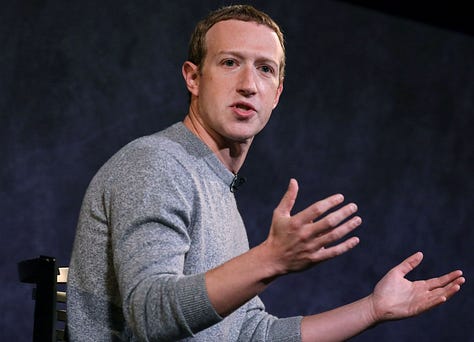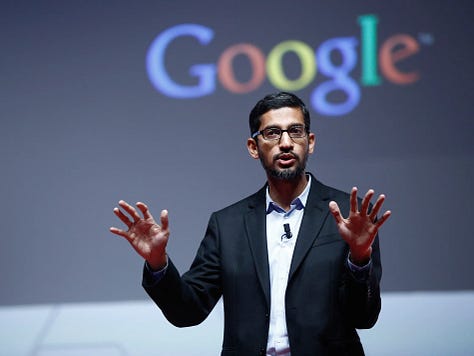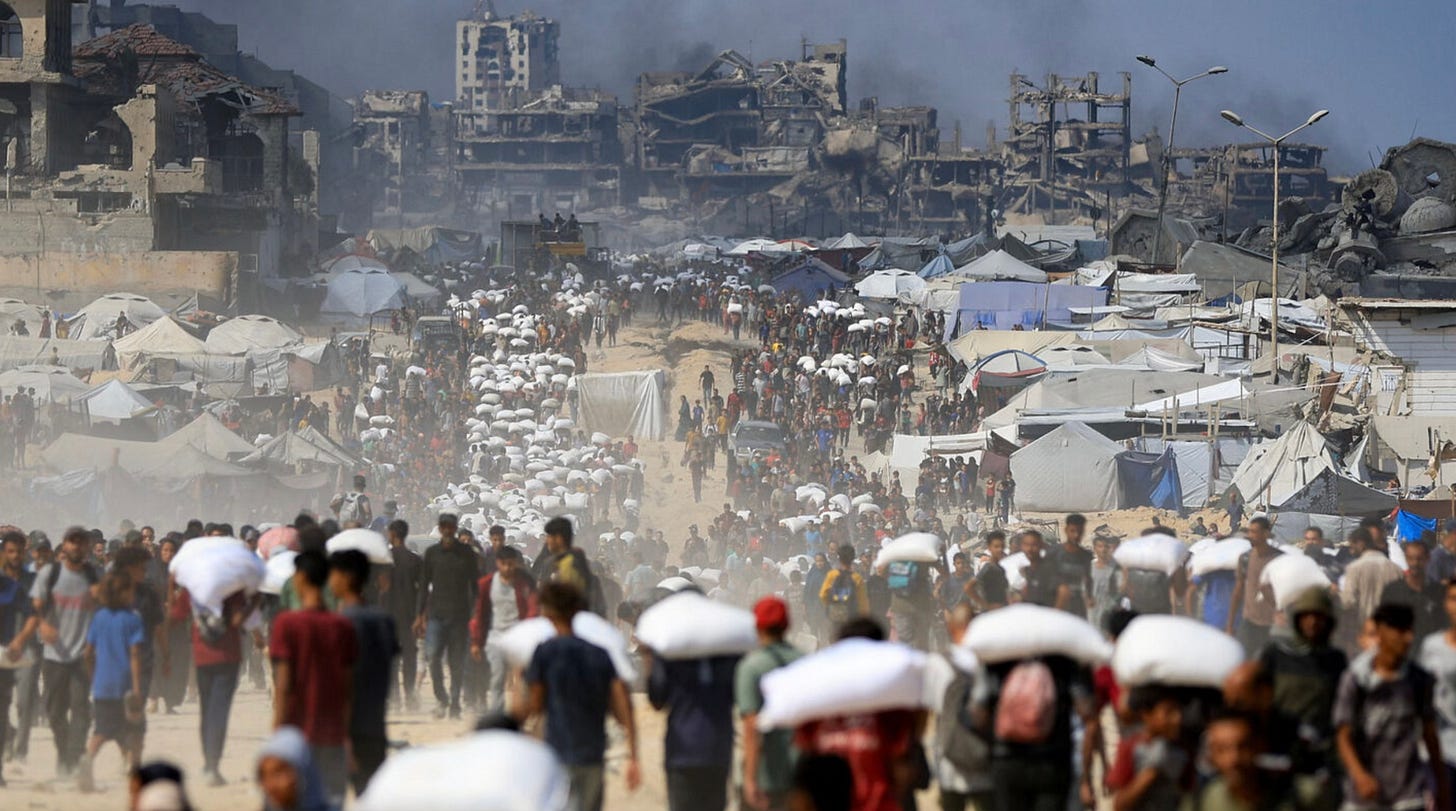Cutting off Palestinian futures and Big Tech’s role in genocide
From reproductive violence to algorithmic apartheid, Israel’s war on Gaza is designed to erase futures. We should by now, see the architecture of genocide from bodies and births to clouds and codes.
There is nothing else to talk about but this. The scale of devastation in Gaza. According to updated figures from local health authorities, more than 58,000 Palestinians have been killed and over 140,000 injured since October. And we know these are underestimates. There are lives and generations under the rubble.
Just days ago, Israeli forces carried out a series of attacks that left at least 54 people dead. Fifty-one of them were queuing for aid. Hungry. People faint and drop dead while trying to walk. From hunger. 19 people starved to death in the last two days.
The French news agency AFP issued a rare statement warning that their freelance journalists in Gaza are facing starvation: “Since AFP was founded in August 1944, we have lost journalists in conflicts, we have had wounded and prisoners in our ranks, but none of us can recall seeing a colleague die of hunger.”
In Gaza’s al-Shifa Hospital, a 35-day-old baby died of malnutrition. One in ten children are malnourished. Some have lost one or two limbs. And they will not live long—one way or another. Life expectancy in Gaza has dropped 35 years in just the past few years, from 75 to 40. Because these children—malnourished, disabled, without family or friends, without a community or safe shelter—will not live long.
This is the everyday politics of evil that Israel is implementing. Or, as Arendt puts it, the banality of evil that we—the rest of the world—are helpless to stop. We watch it, every day. Just thinking about this evokes a visceral nausea in me.
Veteran Israeli journalist Gideon Levy, in his latest column in Haaretz, underscores that there is nothing spontaneous, reflexive, or improvised in this process. The Israeli state acts on intention and planning. “There is a purpose to this war,” he writes, “and it’s a criminal one.” According to Levy, the Israeli military is executing a strategy of forcible transfer, corralling Gaza’s entire population into a southern enclosure—a concentration zone.
Food distribution has been reduced to three locations, open just one hour a day for two million people. The Archbishop of the Anglican Church in Jerusalem said it clearly this week: the current system of aid in Gaza is The Hunger Games.
In a grim twist, with the release of a new prequel—Sunrise on the Reaping—Suzanne Collins’s dystopian world is once again topping bestseller lists. My 11-year-old is reading the third book now, pacing the house and fuming about the Capitol. He keeps asking how a system like that—where people are starved, punished, and pitted against each other for power and money—could ever be real. I try, without terrorising him further, to explain that in Gaza today, it already is. I don’t think he quite wraps his head around it—and that is a luxury I’m thankful for. That this kind of evil can only be fictional in his world. A luxury no Palestinian, even the ones in exile, has ever -ever - experienced since the 1948 Nakba.
Which brings me to a paper I want to focus on this week—one that further exposes the Israeli government’s ultimate intent.
It’s a rigorous, devastating legal analysis by Dr Heidi Matthews, titled ‘Preventing Births’ as a Gender-Neutral Harm: Making Sense of Reproductive Violence in South Africa’s Genocide Case Against Israel. At the heart of her argument lies South Africa’s historic case at the International Court of Justice, which accuses Israel of genocide—including the rarely prosecuted and scarcely theorised charge of imposing measures intended to prevent births within a protected group, as outlined in Article II(d) of the 1948 Genocide Convention.
Matthews points out that this clause—preventing births—has never been the centre of an international genocide prosecution. It has remained dormant, under-theorised, and conceptually buried beneath more familiar forms of violence. Yet South Africa’s case foregrounds it, detailing how Israel’s actions in Gaza from killing pregnant women to blocking maternal healthcare amount to the systematic interruption of a people’s capacity to reproduce. Can you imagine that!
Among the evidence cited are rising rates of miscarriage, placental abruption, and emergency hysterectomies; pregnant women giving birth without pain relief or basic hygiene; and the killing of newborns through hunger, disease, and trauma. But Matthews pushes further. She argues that to treat this solely as a form of gender-based violence against women is to misunderstand the legal and historical weight of the provision. Preventing births was never meant to be subsumed under the language of feminist protection or reduced to maternal suffering. It is about the biological erasure of a group.
And so, she proposes a reframing. What if we understood reproductive violence not only through the lens of maternal health but through the full spectrum of violence directed at a people’s ability to reproduce? What if we included the men?
Matthews brings forward evidence from UN investigations and Gaza-based doctors documenting the brutalisation of Palestinian men and boys in detention. Genitals beaten, mutilated, or targeted for torture. One physician reported healthy young men arriving with no injuries but losing their testicles. “They will never have kids.” This, too, she argues, must be understood as part of the crime and part of the plan to prevent births.
This broadening of perspective is crucial to understanding all forms of genocidal destruction. This framing reclaims the original meaning of genocide as articulated by Raphael Lemkin, who insisted that genocide must be understood as both physical and biological destruction. Every child who dies of hunger, every man mutilated in prison, every woman forced to give birth in agony without anaesthetic, is part of that ledger.
The aim is not just to kill. It is to destroy the regenerative capacity of a people. To cut off their future. Can you imagine that!
Big Tech used in genocide knocks on your door



Remember last week, when we discussed UN Special Rapporteur on Palestine Francesca Albanese’s report on Gaza? As Albanese contended, a genocide doesn’t sustain itself on violence alone. It needs logistics. Bureaucracies. Corporations. States that arm and shield Israel, international agencies that look the other way, and private companies that profit. Genocide, she reminds us, is not a solo act—but requires a transnational, octopus-like administration.
One pillar of that administration is, unsurprisingly, Big Tech. The surveillance apparatus, the AI targeting systems, the cloud infrastructure—all of them are being used in Gaza’s annihilation. And this technology has deep roots in the defence industry. For decades, military funding has underwritten so-called innovation, and Israel’s tech sector is a glaring example. Twenty percent of its GDP comes from this industry, and much of it has been explicitly developed to fortify apartheid and occupation.
This was the subject of a panel at the University of Cambridge’s CRASSH centre, titled Resisting Big Tech’s Complicity in Genocide. One of the speakers, an organiser from the No Tech for Apartheid campaign, described how Israeli and U.S. companies are now deeply entangled—especially through venture capital and military partnerships. Google and Amazon, for instance, are the lead partners in Project Nimbus, a cloud services contract for the Israeli government. Google insists it’s civilian infrastructure but the IDF took part in its design process, and buried within the contract is access for the Ministries of Defence and Finance, two institutions directly managing occupation and siege.
Take Red Wolf, a surveillance system that scans Palestinian faces and links them to databases containing personal histories, family trees, school records, and arbitrary threat scores. It is hosted on Google Photos.
Or Lavender, the AI-based kill list system Israel used in its early bombing campaign, where metadata from WhatsApp was weaponised to identify targets. Meta knew this metadata could be extracted. They looked the other way.
This is not new. Long before Nimbus, Hewlett Packard helped build Israel’s biometric ID system, used to control Palestinian movement at checkpoints. That system is still operational. Still maintained. Still funded. And in Gaza, it’s gone even further. Facial recognition checkpoints have been deployed in ghettoised zones across the West Bank and East Jerusalem, where a green light means you may pass and a red one marks you as a threat.
Wallahi, it is not hyperbolic to say that Palestinians live under algorithmic apartheid too.
Another important point: the Gaza Strip has become a testing ground for these surveillance technologies, AI-guided drones, and quadcopters. They were first trialled there in 2021, what some called the “first AI war.” They’ve since become standard. Palestinians are kept on easily intercepted 2G networks, allowing Israel to live-track entire populations. As journalist Antony Loewenstein put it, Palestinians have become the lab rats of the global arms market. If this is not dystopia, I do not know what is.
All this is profitable and, I promise, one day, will come to a cinema near you! Meaning: Israel’s spyware, including Pegasus, has been exported to regimes around the world, used to monitor dissidents, blackmail journalists, crush opposition. These tech companies—despite signing onto UN human rights frameworks—have discarded every ethical guideline in favour of access, capital, and contracts.
The tech industry relies on cheap labour in the global South to build platforms, and on genocide to test its tools of control. Both fuel the same engine. And that engine, unless interrupted, will keep exporting death. Boycott movements helped bring down apartheid in South Africa. They can work again. But only if we stop thinking of technology as neutral, and start treating it as part of the supply chain of genocide.



Thank you for this; it made me feel sick to read, which it should.
Is it okay to share this link below, for anyone who's sick of being connected to Google specifically?
Since Francesca Albanese's report, I have realised I have had enough of being so dependent on Google's apps. I'm trying to get together people who are interested in helping each other switch away from Google's zillion apps and products. It feels long, tricky and boring to do on your own, but I think easier to do together. No pressure, but here's a letter I wrote about it: www.tinyURL.com/DumpGoogle.
Excellent work, Ezgi. These two dimensions are under - appreciated.